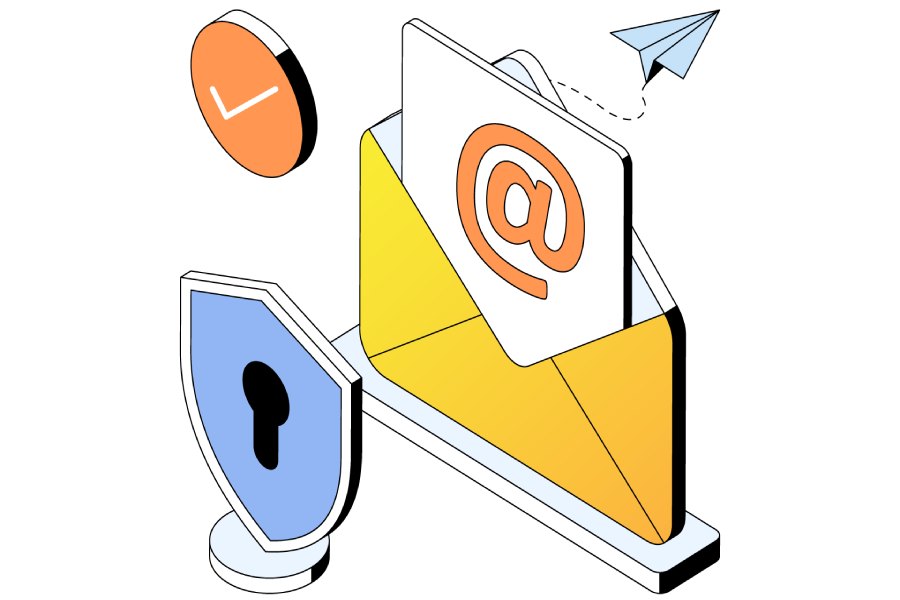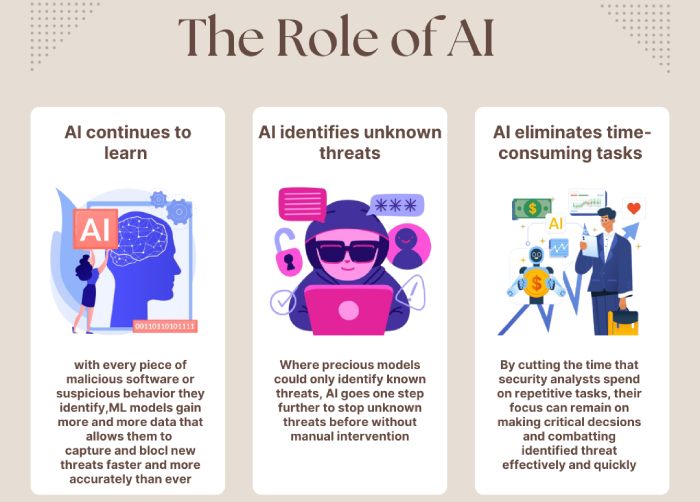A comparison of different AI-based email security approaches is vital to developing more efficient security strategies in the face of evolving cyber threats.
The email security landscape has significantly transformed in recent years with the integration of AI in email security. Cybersecurity experts have been leveraging innovations in AI to strengthen their line of defense against malicious players.
However, not all AI approaches are equally effective against online threats. Therefore, organizations and enterprises must understand the shortcomings and adopt the right AI approach for email security.
Below is a closer look at various approaches and their potential limitations. The information will help organizations incorporate a layered AI cybersecurity strategy to combat online malicious actors targeting email security.
The Backward-Looking Signature-Based Approach
For decades, cybersecurity technologies have mainly been dependent on signature-based approaches. These approaches helped organizations identify known threats and neutralize them. The signature method fed a machine thousands of emails already classified as malicious to spot patterns to indicate future attacks.
This approach was practical earlier when attack lifespans used to be longer. The signature-based method largely depended on historical data. This reactive approach is no longer effective against modern, rapidly evolving cyberattacks. A fundamental limitation is its inability to prevent novel email threats that it never encountered before, which is crucial in a rapidly changing cyber threat landscape.
The Rise of Fearware: A Challenge to Signature-based Approaches
The emergence of “fearware” during the COVID-19 pandemic exemplifies the limitations of signature-based approaches.
Threat actors managed to exploit global fear and uncertainty. They crafted targeted emails related to COVID-19 containing malware or credential-grabbing links. The topics and domains of these attacks were new and never seen before. Thus, signature-based systems failed to detect and prevent these threats.
A Partial Solution – Spotting Intent
To address the limitations of historical approaches, new Artificial intelligence in email security strategies developed a mechanism to evaluate factors such as the grammar and tone of emails. Thus, AI managed to identify discrepancies in communication languages and filter out malicious emails.
The system trained extensive datasets collected over time to recognize the intention behind certain types of emails. Most of these malicious emails involved inducement or solicitation. However, this AI approach for email security failed to determine anomalous emails. Therefore, cybersecurity experts are using this strategy combined with other methods to mitigate email threats.
The Forward-Looking Unsupervised Machine Learning Approach
The forward-looking AI based email security approach involves unsupervised Machine Learning (ML). This robust security mechanism analyzes the real-world data in an organization to establish a notion of ‘normal.’
Based on this foundation, the system identifies subtle deviations that indicate an attack. That’s different from signature-based systems, and the approach isn’t reliant on historical records. Thus, this AI approach for email security can detect novel and unexpected threats.
Unsupervised Machine Learning involves a more comprehensive analysis of emails. The system extracts thousands of data points from each email and observes its context within the organization’s communication network. This AI approach helps gain a continuously evolving understanding of the organization’s “pattern of life”. Thus, it effectively spots anomalies that can point to possible novel attacks.
Regardless of the language used in communications, this method proves highly effective. Therefore, cybersecurity experts combine this approach with intent analysis to develop a more robust and holistic email security solution.
A Layered AI Approach for Comprehensive Email Security
A layered approach to using AI in email security is the need of the hour. This approach effectively combines the benefits of both backward- and forward-looking methods. Rather than relying solely on historical data, the system detects an abnormality in the usual email traffic in an organization.
However, it might take years of research to effectively place the layered AI approach to ensure optimal email security. The approach combines intent analysis and unsupervised Machine Learning to detect unique novel emails on their first encounter. Thus, your organization remains secure against emerging and existing threats through emails.
Final Words
As AI-based email security technologies evolve, so do the techniques and attack vectors employed by malicious actors. Hence, there is a neck-in-neck competition between the two. At such a juncture, the right combination of AI and human insight would be the perfect solution for email security in the future.


